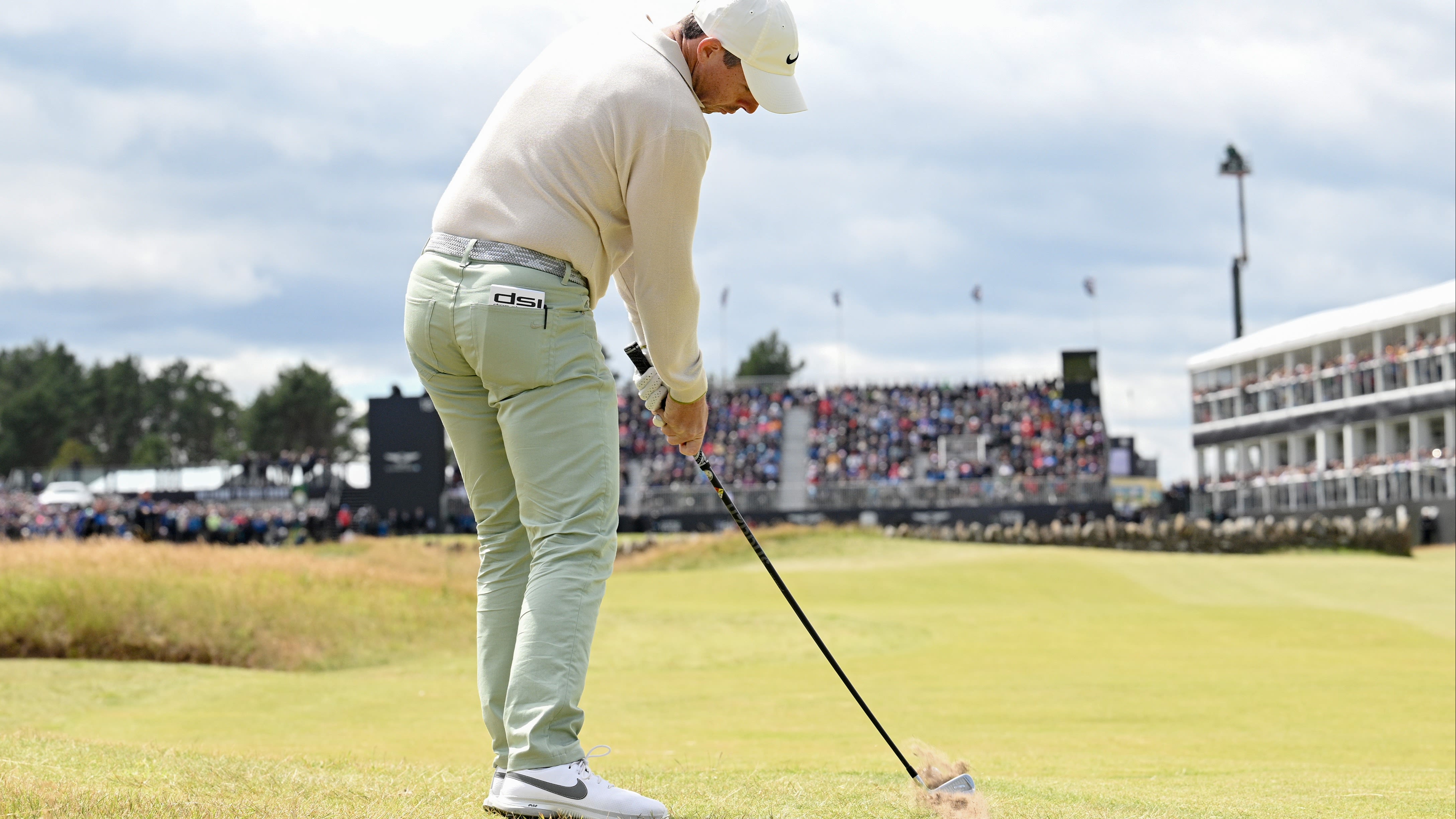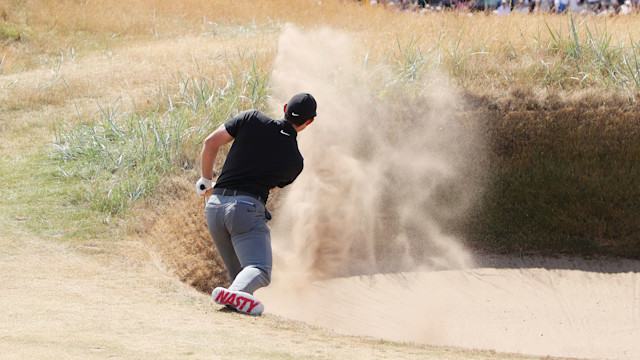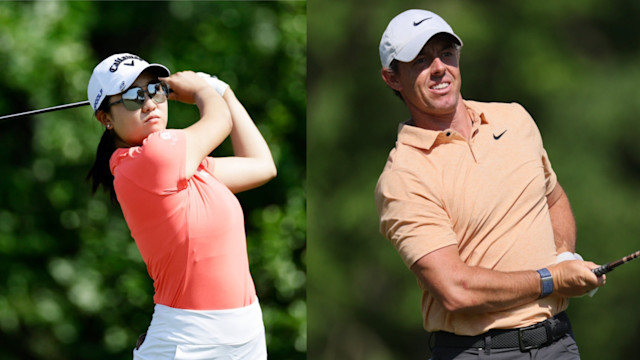Intermediate
Two Simple Tips to Hit Irons Like New Scottish Open Champion Rory McIlroy
By Brendon Elliott, PGA
Published on

(Octavio Passos/Getty Images)
By way of two perfect long iron shots, Rory McIlroy went birdie-birdie on No. 17 and 18 to nip home country favorite Robert MacIntyre by one shot to win the Genesis Scottish Open at The Renaissance Club on July 17.
It was a blustery day in North Berwick, which is nothing new for locals, but with winds gusting near 40 mph, it was a mighty challenge for many in the final round. McIlroy came out on top in the end for his second victory of the year and 24th of his career heading into Open Championship Week at a place in Royal Liverpool where he feels mighty comfortable after winning there in 2014.
“The two iron shots I hit, 5-iron on 17, and then that 2-iron into the last, are two of the best iron shots I can remember hitting,” McIlroy said after his round. “Especially under the circumstances.”
Long irons are hard for many amateurs to hit for two main reasons. The first reason is that lower-lofted clubs require a good amount of clubhead speed to be ultra-effective. A golfer needs sufficient clubhead speed coming into the ball at impact to launch the ball at the trajectory the long iron was intended to fly.
Additionally, long irons are a struggle for many amateurs because they set up to the ball poorly or swing incorrectly. The following is a checklist you should go through as you set up to the ball with a long iron:
- Ball position up. The ball should be more forward in your stance and closer to the lead heal. This will help with creating proper launch conditions.
- Secondary spine angle. You should slightly bump your lead hip towards the fairway. This will ever so slightly set your spine back a touch which will also aid in setting better launch conditions.
- Light grip pressure. Tension in your body is a club speed killer. That all starts with grip pressure. If you grip too hard, that tension will go up through your forearms, shoulders, and upper body.
- Low, slow and wide takeaway. You want a takeaway where the club goes back low, slow, and all in one piece with your arms and hands. You want to get wide, too, with your hands as the body rotates back.
- Straight back path, square face. Make sure your clubface goes back square to your target line, and the face is not opening up.
- Stay centered, steady and tall, but shift your pressure. You want to stay tall and steady in your posture, with your chest over the ball. You will rotate your body around that steady center and shift pressure into your trail foot in the backswing and the lead foot on the downswing.
- A proper downswing sequence. Remember that a proper downswing sequence looks like this: Hips→ Chest→ Hands→ Clubface→ Impact→ Release
- Don’t help the ball up. One of the cardinal sins with long irons is trying to help the ball up. Many try to do this by flipping their hands at impact. The clubhead should be moving down into the ball. Not as much as with more lofted clubs, but still down into the ball.
- Work on clubhead speed. The best way to get faster in your swing is to be target oriented. What I mean by this is to keep the clubhead and your body moving at max velocity past impact and up to the finish. Think about the target!
Making proper contact with the ball is critical for any club you swing, but it is critical with the more difficult clubs, such as longer irons. A great drill to make better contact with the ball and get a feel for finding your low point in your swing — a key to great contact — is the 3 Tees and the Ground drill.
What you need: Four tees and four range balls.
Step 1
Tee up three balls in a row, then a fourth with no tee on the ground. Tee up one ball the height you would for a drive swing. Tee up the second ball a little lower, as you would with a hybrid on a short par 4 where you are teeing off for position. For the third ball, tee it very low, as you would with an iron on a par 3. Place the fourth ball in the row directly on the ground.
Step 2
Hit each ball, starting with the one on the high tee and continuing down the line. You will hover your club off the ground with the balls teed up and try to pick the ball off the tee as you swing. When you get to the ball on the ground, think about the same move but making a shallow divot after the ball.
Continue this throughout a basket of balls on the range. You want to find your low point in the swing and make better contact with the clubface and ball. Start slow in terms of swing speed and build up as you go.
Remember the points made in the checklist above as you go through your practice session with this drill.


